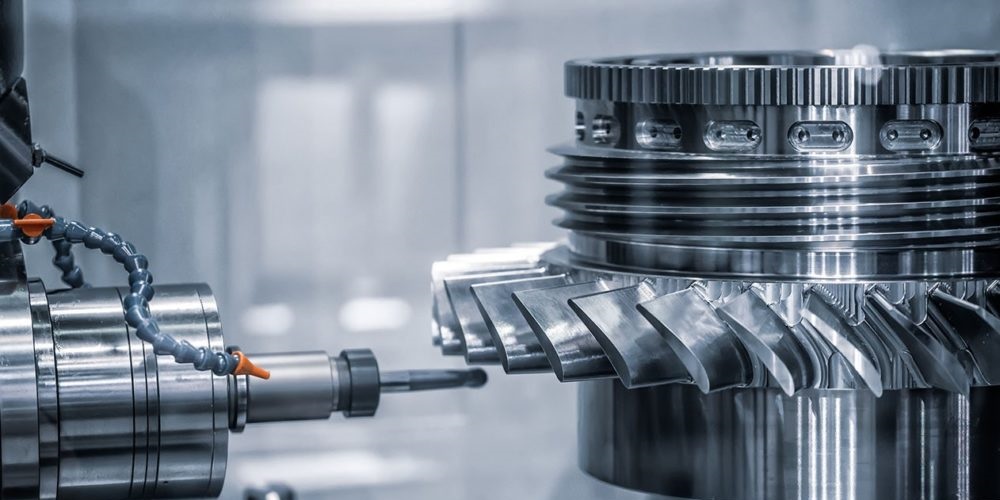An Introduction to Aerospace & Aerospace Machining
The Aerospace CNC machining Industry is an extensive field concerned with designing and creating parts used in assembling aircraft and space mobiles for industrial, commercial, and military use. Precision, innovation, and technology lie at the core of this industry. CNC Machining or Computerized Numerical Control meets the need to produce sophisticated designs with no room for errors. Owing to its high accuracy, reduced manual labor and efficiency, CNC functions as a fundamental technology in the Aerospace Industry.
Application of Aerospace Machining
The designing and assembly of aerospace machining components require numerous components, making the manufacturing process complex and densely layered. Aerospace Machining thus extends across several industries. It specializes in manufacturing low-volume parts with high resistance and durability that satisfy the safety standards and certifications. Amongst the dynamic applications of Aerospace Machining, some significant examples can be-
- Electrical Connectors
- Landing Gear
- Fuel Bodies
- Precision tools for Medical and Optics Industry
- Hydraulic Manifolds
- Actuators
The implication of Aerospace Machining in Space Travel
Aerospace CNC Machining plays a crucial role in the designing and manufacturing of technologically advanced and sustainable spacecraft by leading space travel companies like SpaceX and NASA. Precision is vital to the safe operation of spacecraft. The requisite minute components, and the distinct design for spacecraft to withstand atmospheric variations, would be impossible to produce without CNC Machining.
The implication of Aerospace Machining in Aviation
In the aviation Sector, Aerospace CNC Machining covers the production of lightweight components to the more critical components with high tolerances, with simultaneous efforts to reduce the cost of production. CNC machined components in this sector include Wing Ribs, Engine Housings, Cabin Parts, Turbine Blades, Motion controls, Missile Housings, and several others.
Materials Used in Aerospace Machining
To meet the specific structural design requirements of the aerospace sector, the two ruling materials used in Aerospace Machining are Lightweight Metals and High-Quality Plastics.
Lightweight Metals
The aviation crafts require metals with a high tolerance and light weight to increase structural and fuel efficiency. Titanium and Aluminum are two leading metals that satisfy this precise strength-to-weight ratio.
1. Titanium
The Aerospace Industry is one of the leading consumers of Titanium alloy. Titanium is more durable and, at the same time, lighter than steel. It offers resistance to corrosion and can withstand high temperatures, making it the ultimate choice for parts such as casings, blades, shafts, and discs.
2. Aluminum
While Titanium is a more modern alternative, Aluminum has been around in the Aerospace Industry for longer. It is lighter and more cost-effective than Titanium, the only drawback being the comparatively lesser strength. Aluminum alloys are used in fuselage, wings, and other support structure components.
3. High-Quality Plastics
While metals come in handy in the outer structure, the interior components are designed with high-performance plastics such as polycarbonate, PEEK, Ultem, and PPS. These plastics are a functional substitute for metals due to their lighter weight, resistance to vibration, insulation properties, and cost-efficiency. Polymer-based components used in CNC Machining are- Interior Cabin Panels, Arm Rests, Ventilation Ducts, Insulation, Wiring Conduits, Aircraft Doors, amongst several others.


